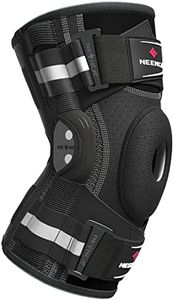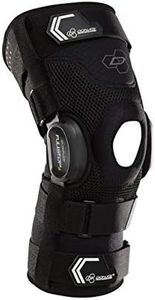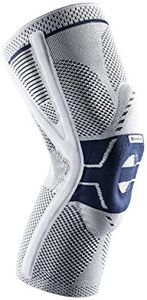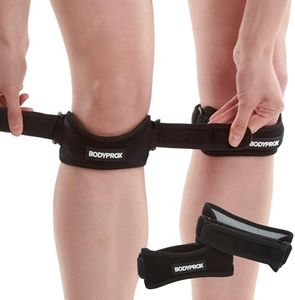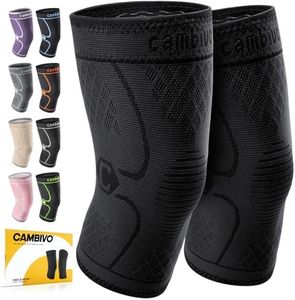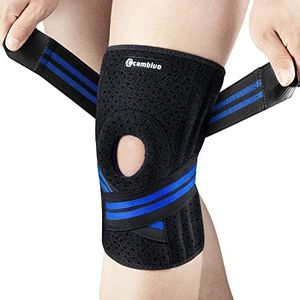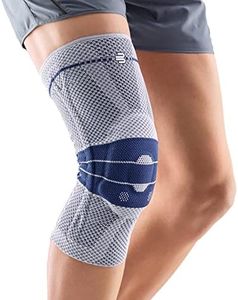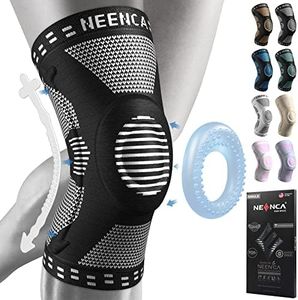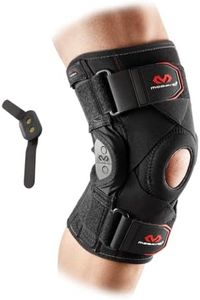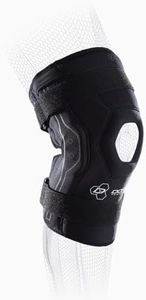We Use CookiesWe use cookies to enhance the security, performance,
functionality and for analytical and promotional activities. By continuing to browse this site you
are agreeing to our privacy policy
10 Best Knee Braces
From leading brands and best sellers available on the web.Buying Guide for the Best Knee Braces
Choosing the right knee brace is important for comfort, support, and helping you recover from injuries or prevent them in the first place. Before you start shopping, think about why you need a knee brace—whether it’s for injury recovery, additional support during sports, or managing pain from arthritis. Always consider your activity level, the seriousness of your symptoms, and how much support you actually need, since an overly restrictive brace can limit movement more than necessary. Knowing the key specifications will help you match the brace to your needs for the best outcome.Type of Knee BraceThere are several main types of knee braces, and this refers to how much support and flexibility they provide. Sleeve-style braces offer mild support and compression—great for daily pain or light sports. Hinged braces provide maximum stability for serious injuries or post-surgery recovery, but they can be bulky. Wraparound or strap-style braces are more adjustable and offer moderate support, suitable for sports or mild injuries. To pick the right type, think about how much movement you want, and how much support your knee needs—more serious injuries or instability often require a sturdier type, while mild pain or prevention calls for simpler sleeves.
Level of SupportThis specification refers to how much the brace restricts your knee’s movement and protects it from certain motions. Light or basic support braces are good for minor aches and daily use, moderate support braces are suitable for sports or mild sprains, and maximum or rigid support braces are intended for post-surgery, ligament injuries, or chronic instability. Consider your activities and level of pain—if you’re returning to sports after injury, you might need more support, but if you only occasionally feel discomfort, light support can be enough.
Material and ComfortKnee braces are made from different materials like neoprene, elastic, or rigid plastic, and this affects breathability, comfort, and durability. Soft, stretchy materials like neoprene are comfortable and good for daily wear; they offer warmth and compression but can be hot for some people. Rigid materials are used in braces with metal hinges for strong support, but they can be less comfortable for long periods. If you need all-day support, focus on breathability and softness, but if your main concern is stability, you may prefer firmer materials.
Size and AdjustabilityThe right fit is crucial for a knee brace to work well and be comfortable. Most are offered in sizes based on knee circumference; some can be adjusted with straps for a more customized fit. Sleeves need accurate sizing to avoid slipping, while wraparound models offer more flexibility. Measure your knee carefully and follow the product’s sizing guide, choosing an adjustable design if you want more control over tightness or if you’re between sizes.
Open or Closed Patella DesignSome braces have an open circle around the kneecap (patella), while others are closed. Open-patella designs relieve pressure on the kneecap and can guide its movement if you have problems there, making them good for tracking issues or kneecap pain. Closed designs give even compression but might add pressure over the kneecap. Choose an open design if your pain is mostly at the kneecap, and try closed if you want overall compression.
